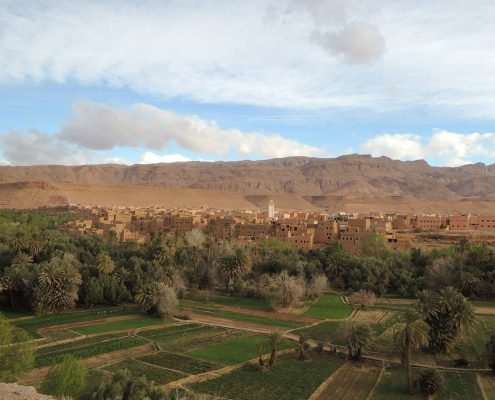”Optional hot air balloon ride.Cappadocia is one of the best hot air balloon ride spots in the world.Early in the morning dozens of balloons take off and form a stunning skyline in the region.As it is the best way to witness the picturesque formations entirely,it has become the most popular activity and highlight of the region”
In the morning we start with a short photo break.The spot has a tremendous view overlooking Göreme town and formations with the volcano at the background.Then we drive to Kaymaklı Underground city.Underground cities are one of the top highlights of Cappadocia.They were the living quarters and shelters of the locals during war times throughout the history.Although the first inhabitants are thought to be Hittites,most of them were reformed and enlarged by christian communities against Arab-Sasanids raids.With long passages,labyrinth tunnels,chapels,vineries and a big number of storages,they are more like subterranean villages with the capacity of thousands.Kaymaklı underground city is one of the largest in the region consisting of 4 floors open to public.It was listed as a World Heritage site in 1985.We continue on to Ihlara valley.The gorge streches 14 kms from Ihlara to Selime town.It was formed by Melendiz River which still flows helping cultivation of the area.The gorge also provided an ideal place for early christian monks.There are caves,churches and storages as well as safe hideaway tunnels on both side of the river.We walk along the river seeing rock-cut churches and fields en route.After having lunch in one of the authentic restourants by the river we continue on our walk towards Selime Monastery.It is situated on a hill top overlooking Selime town.Monastery is a 9th century religious complex consisting of a cathedral,chapel,education hall,dormitory and kitchen.There are still some wall paintings can be seen in the churches.We ascend to the top fallowing a steep path and stroll around rock dwellings enjoying the scenery.Then we return to hotel.















